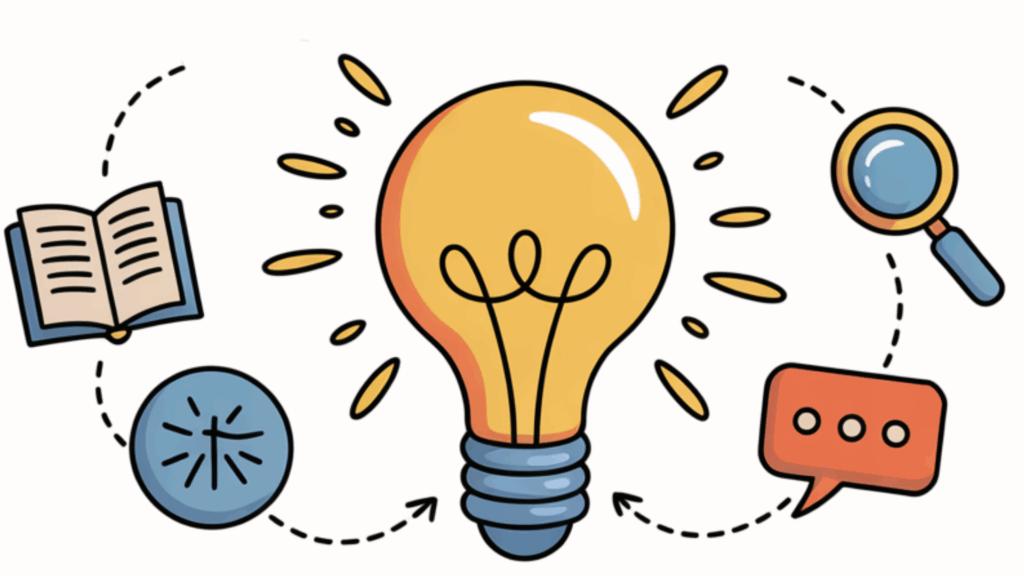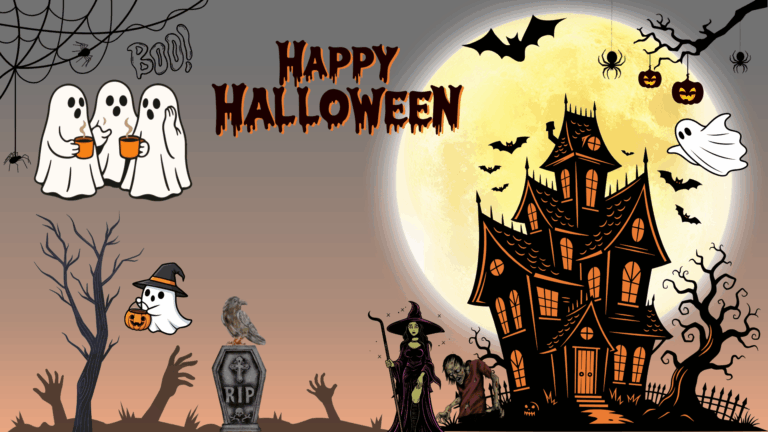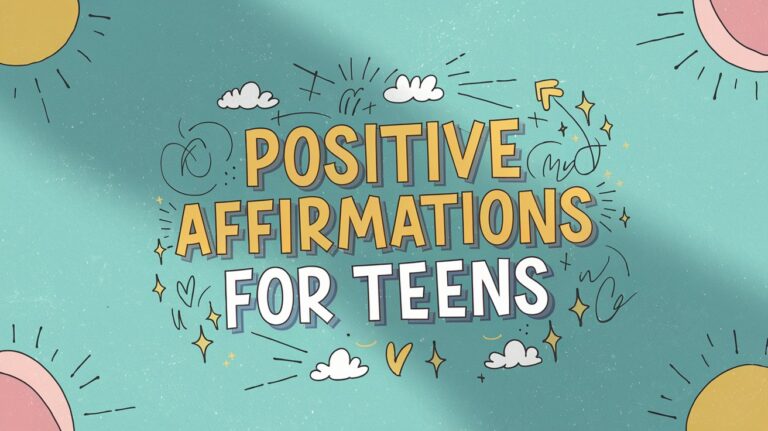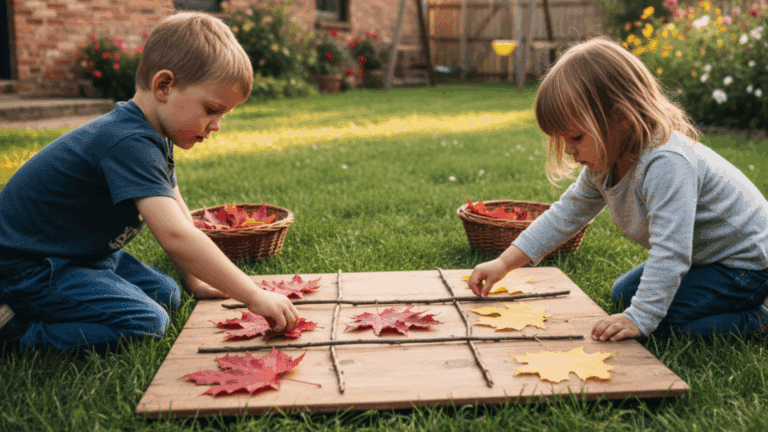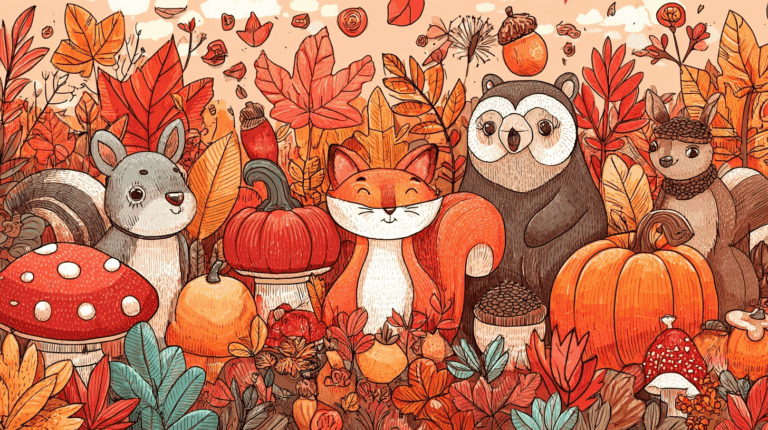Main idea anchor charts used to be boring classroom posters that everyone ignored. Now, they’re everywhere, and they’re quite ingenious for helping kids understand what they’re reading.
There’s this magic moment when students finally get it: that lightbulb second when they can spot the main idea without struggling.
The simple act of making reading comprehension visual has changed everything. These charts aren’t just decorations anymore; they’re legitimate learning powerhouses that make complex concepts click.
Ready to find out why these classroom tools are having such a major moment?
Why is it Important to Learn the Main Idea Anchor Chart?
These visual tools are game-changing for reading comprehension, and honestly, it’s about time educators figured this out.
Main idea anchor charts spin abstract concepts into concrete, visual references that students can use. It makes reading comprehension less mysterious and more approachable. These charts break down the thinking process into visible steps that kids can follow.
The visual element is crucial because it supports different learning styles. Some students are visual learners who require precise, visual representations of concepts to understand them effectively.
These charts also provide consistency across lessons and subjects. When students know exactly what to look for, they can apply the same strategies to different types of texts. This builds confidence and creates transferable skills that serve them beyond just reading time.
List of Effective Main Idea Anchor Chart Ideas
Find below a list of main idea anchoring chart ideas that can help organize and visualize key concepts in reading comprehension:
1. Main Idea Pizza Chart
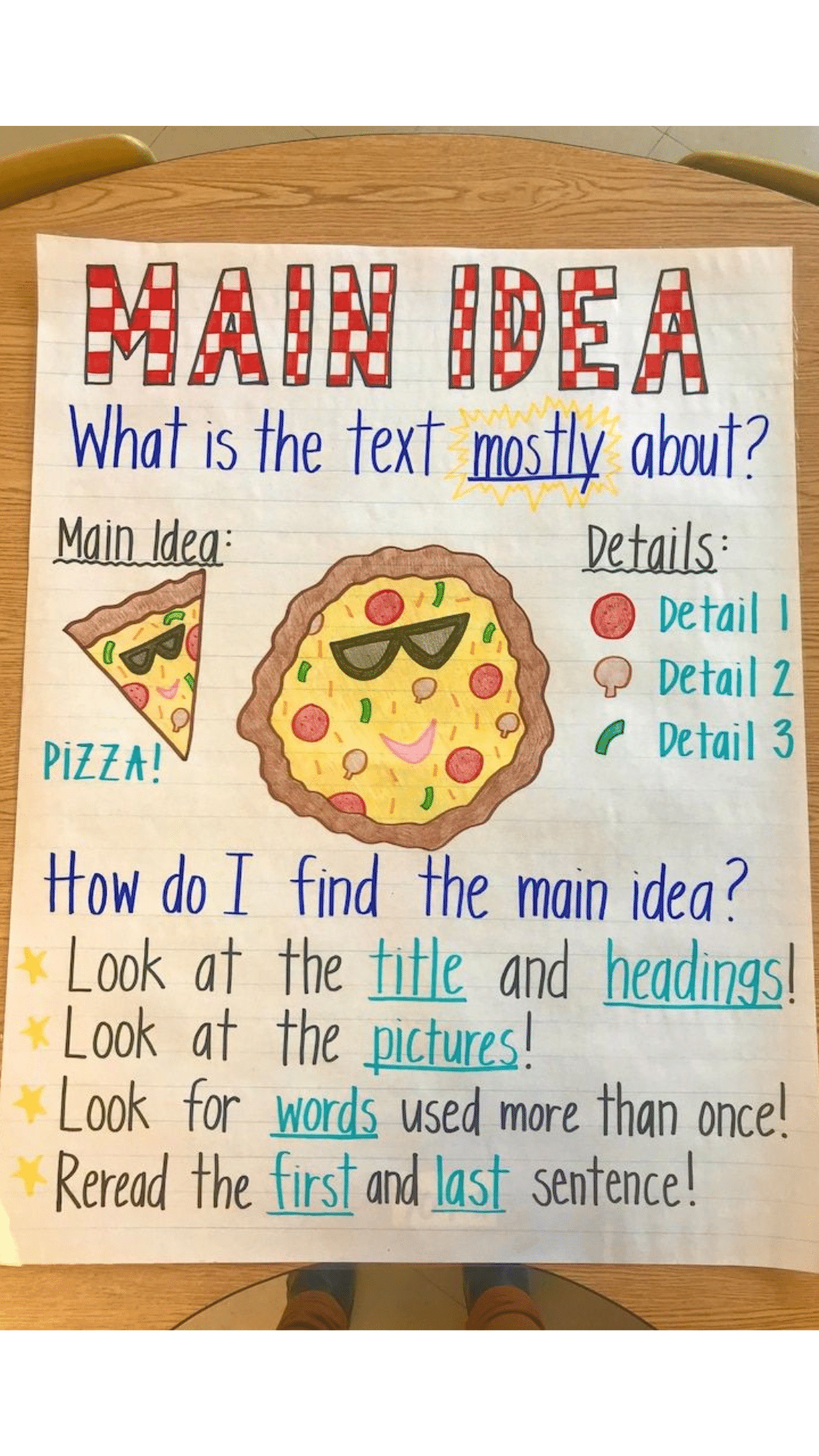
picture credit-Etsy
The Main Idea Pizza Chart is a fun visual tool that helps organize a central idea with supporting details. It uses a pizza design where the main idea is the base, and the supporting points are the slices.
2. Main Idea Umbrella Chart
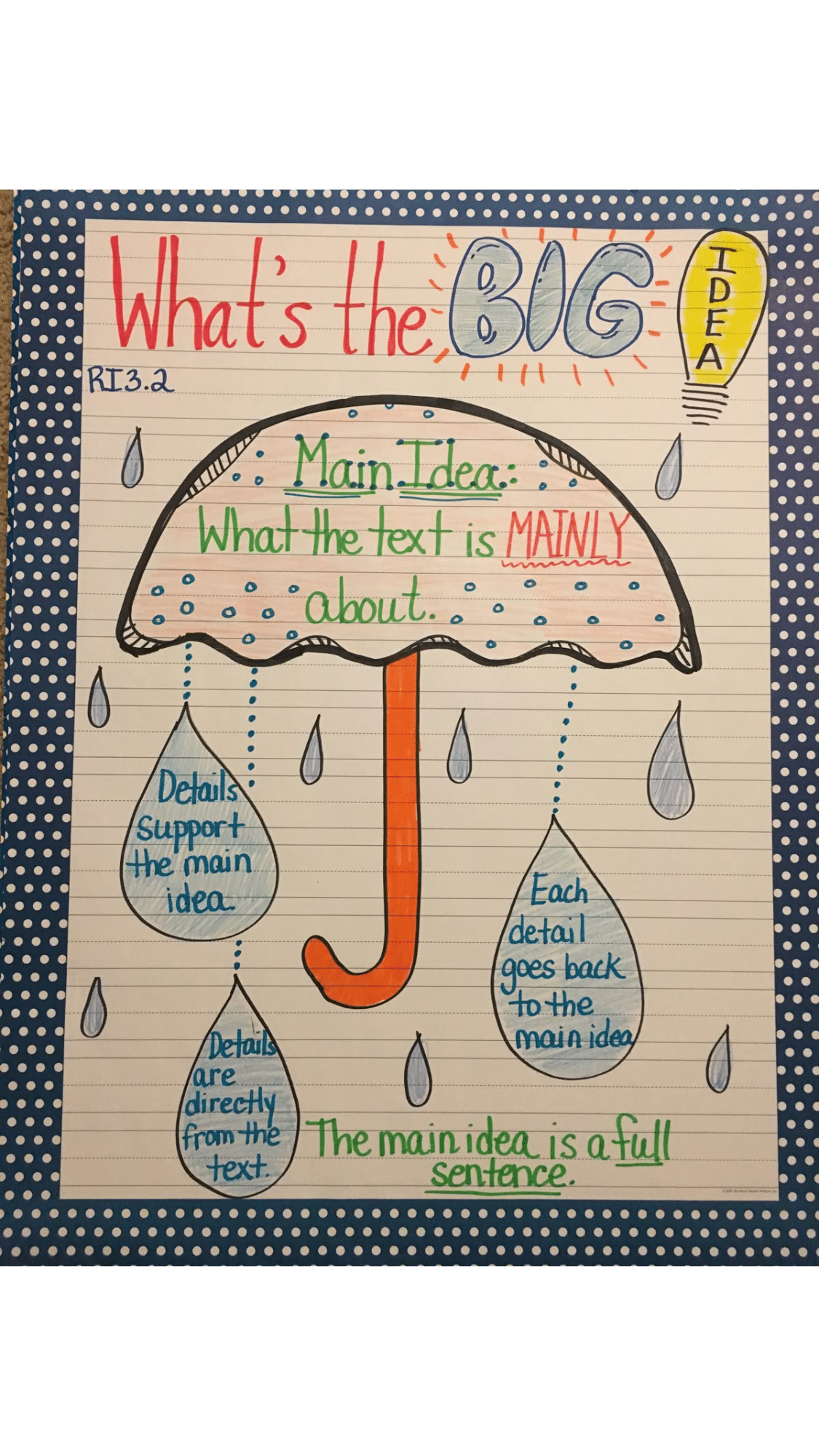
Picture credit- Abby Sandlin
The Main Idea Umbrella Chart is a visual organizer that uses an umbrella shape to represent the central idea.
The main idea is placed at the top, with supporting details hanging below like raindrops or spokes, all connected to the central concept.
3. Main Idea Anchor Icecream Chart
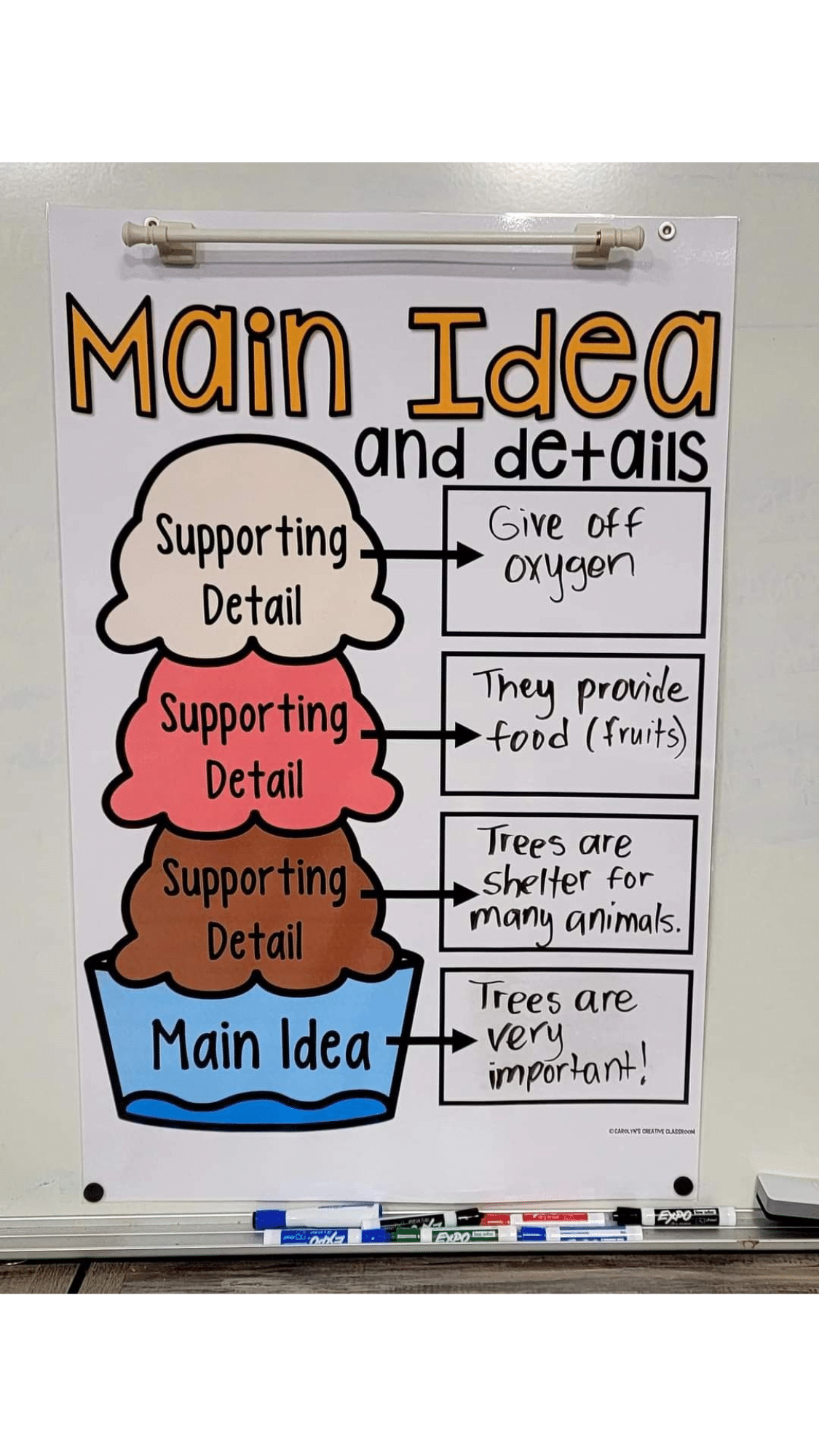
picture credit- Tosche Coffee-Stevens
The Main Idea Anchor Ice Cream Chart utilizes an ice cream cone design to represent the central idea, with the scoop of ice cream serving as the main idea and supporting details depicted as the cone.
The chart helps visually connect the main idea and its details, making it easier to understand how everything is linked.
4. Main Idea Flower Chart
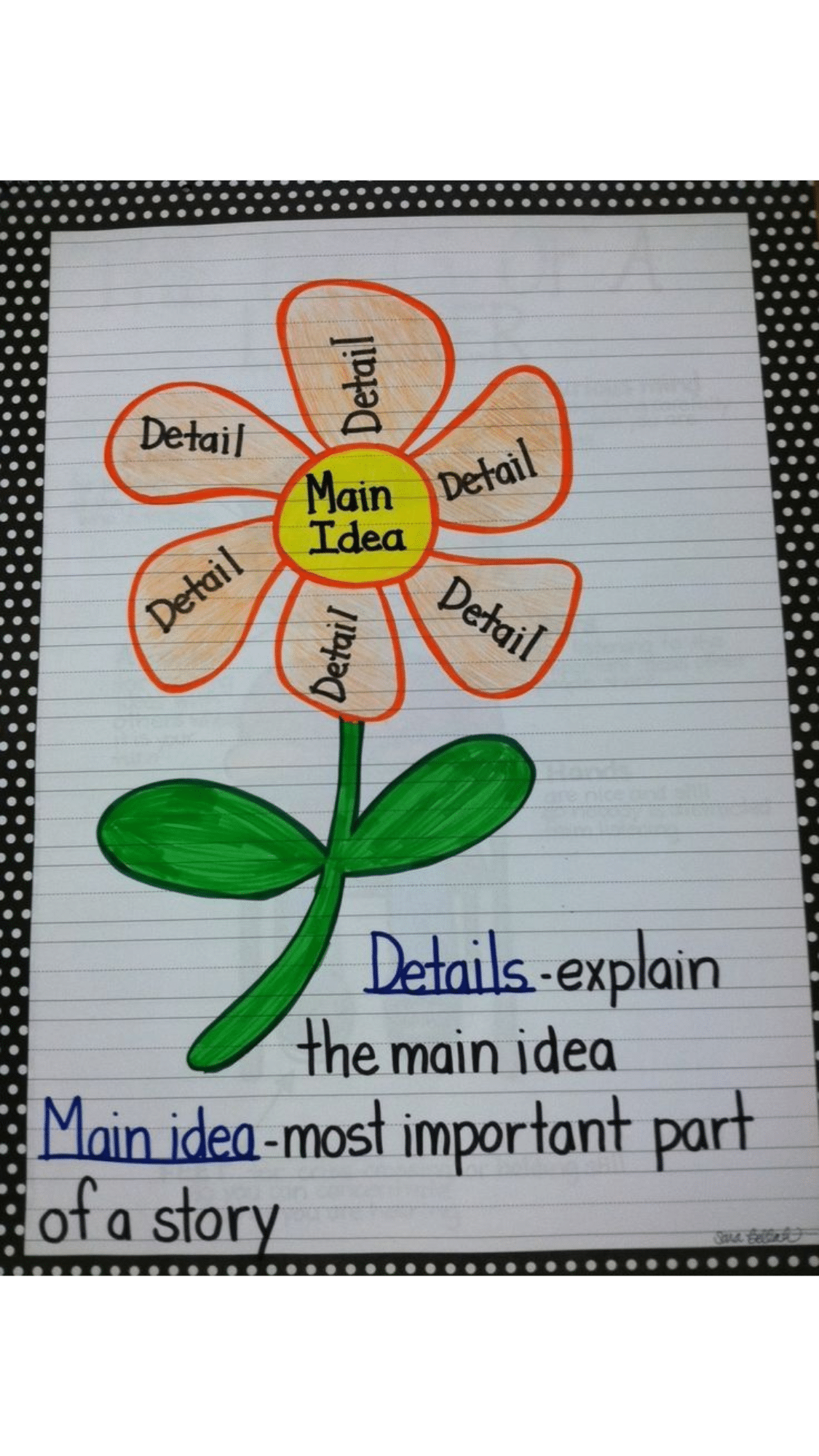
picture credit- Anchor Charts for Reading
The Main Idea Flower Chart represents the main idea as the center of a flower, with supporting details as the petals. This chart helps visually organize and connect the main idea to its supporting points, enhancing understanding and retention.
5. Main Idea Bulb Chart
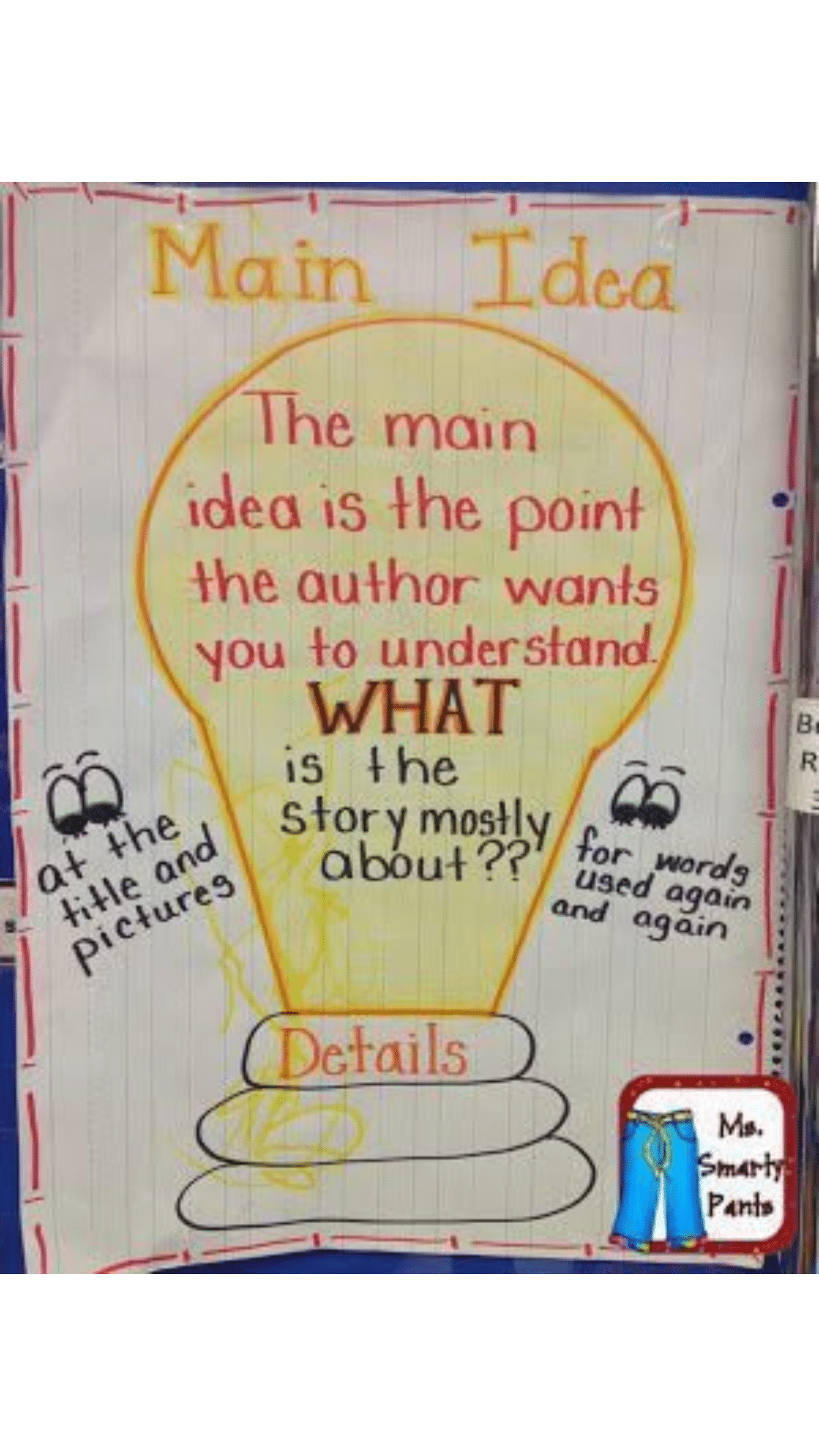
picture credit- My Teaching Pal
The Main Idea Bulb Chart features a light bulb design where the main idea is placed in the bulb, and supporting details radiate outward like the light rays.
This visual organizer helps to highlight how the main idea is illuminated and supported by its key points.
6. Main Idea Stool Chart
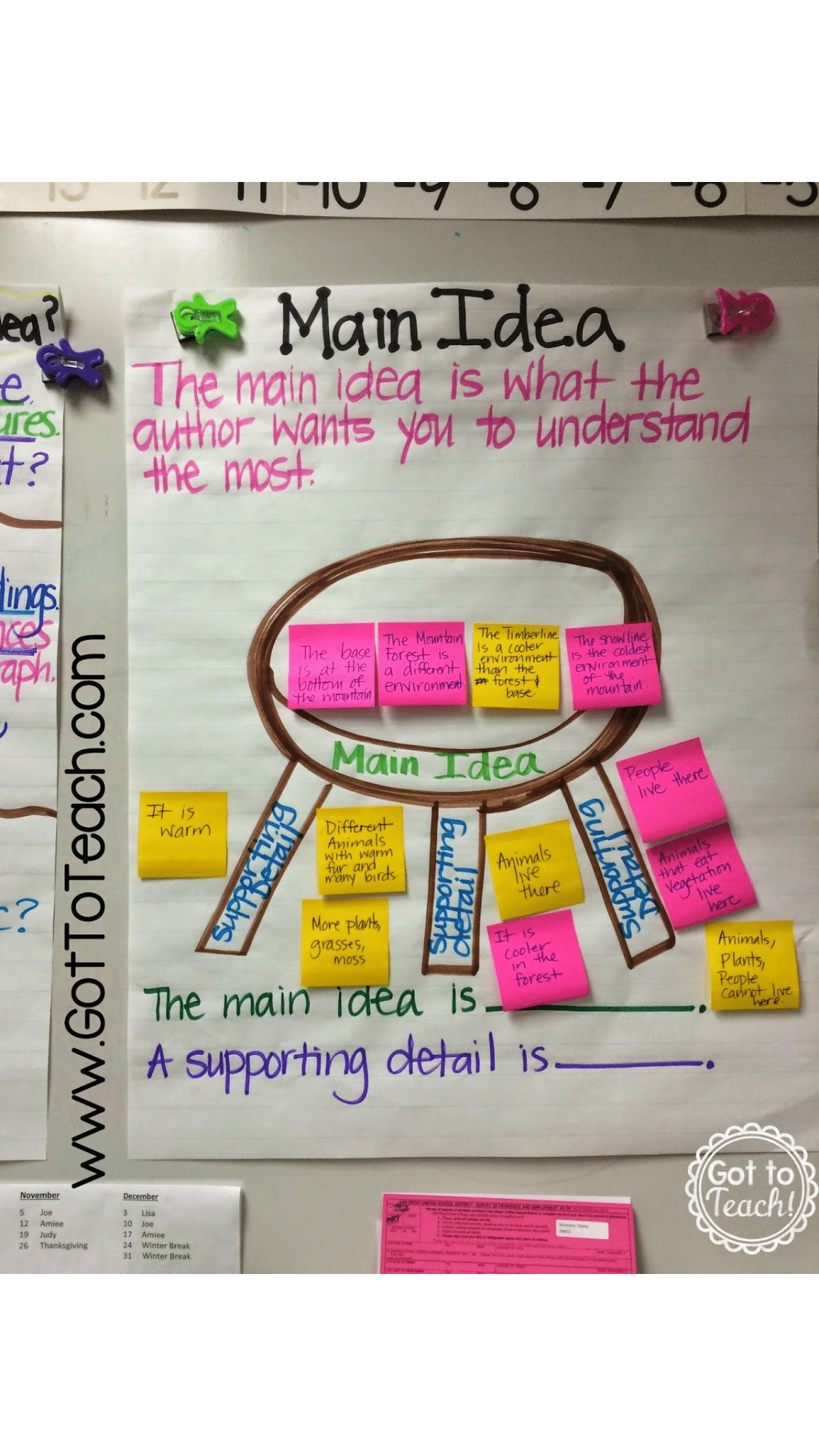
picture credit- Jennifer Molzon
The Main Idea Stool Chart uses a stool design where the seat represents the main idea, and the supporting details are the three legs that hold it up.
This chart visually connects the central idea with its supporting points, emphasizing how they work together to achieve stability and understanding.
7. Main Idea Mind Map Chart
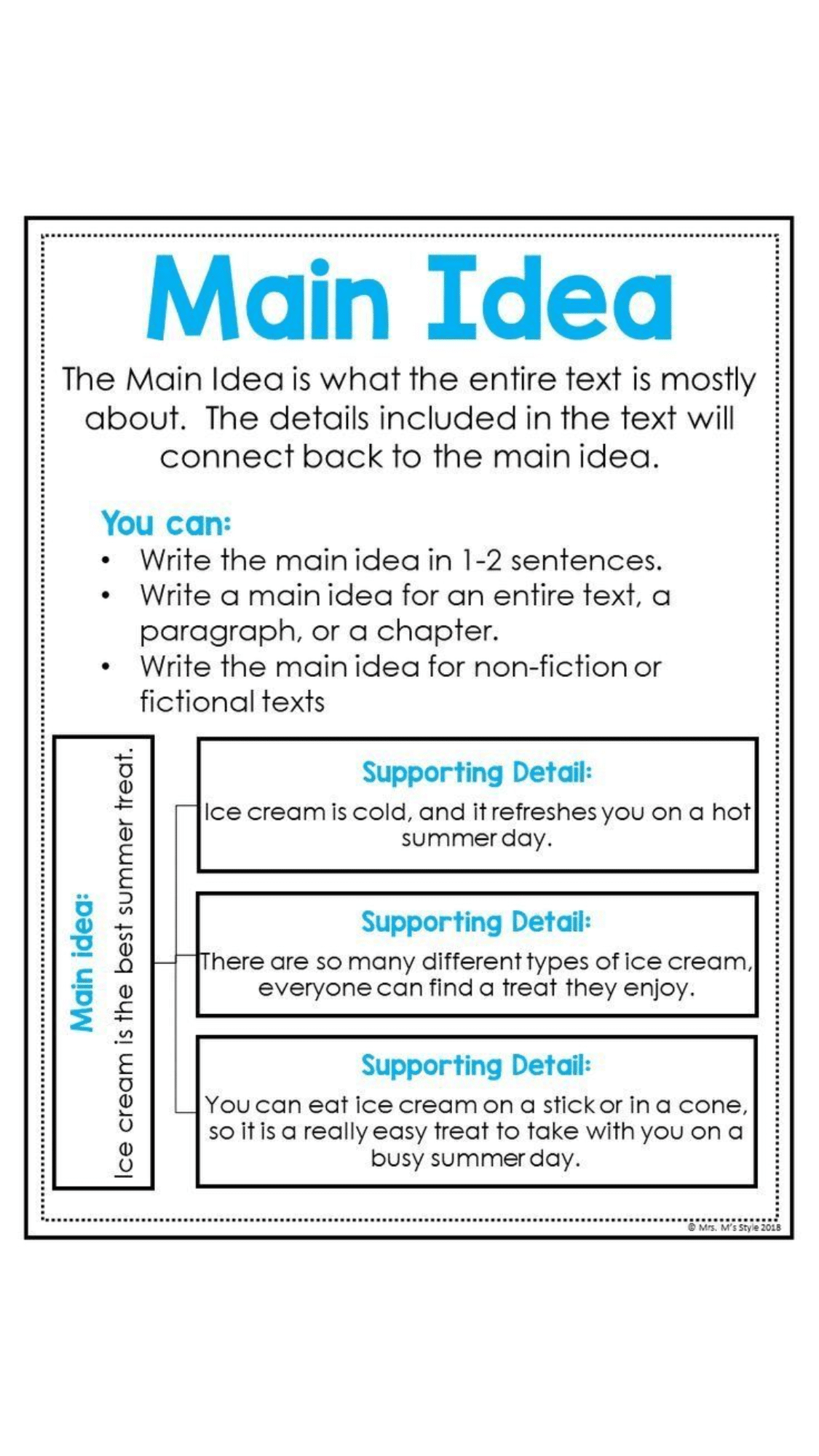
picture credit- Darine
The Main Idea Mind Map Chart places the main idea at the center, with branches extending outward to represent supporting details.
This chart visually organizes information, helping to illustrate how the central idea connects to various related concepts and details in a clear and structured manner.
Recommendations for Readymade Main Idea Anchor Chart
given below are some of the best readymade main idea anchor charts available online for your kids to enjoy and learn from:
8. Main Idea Anchor Chart (fabric, 18 × 26 in, 3‑year guarantee)
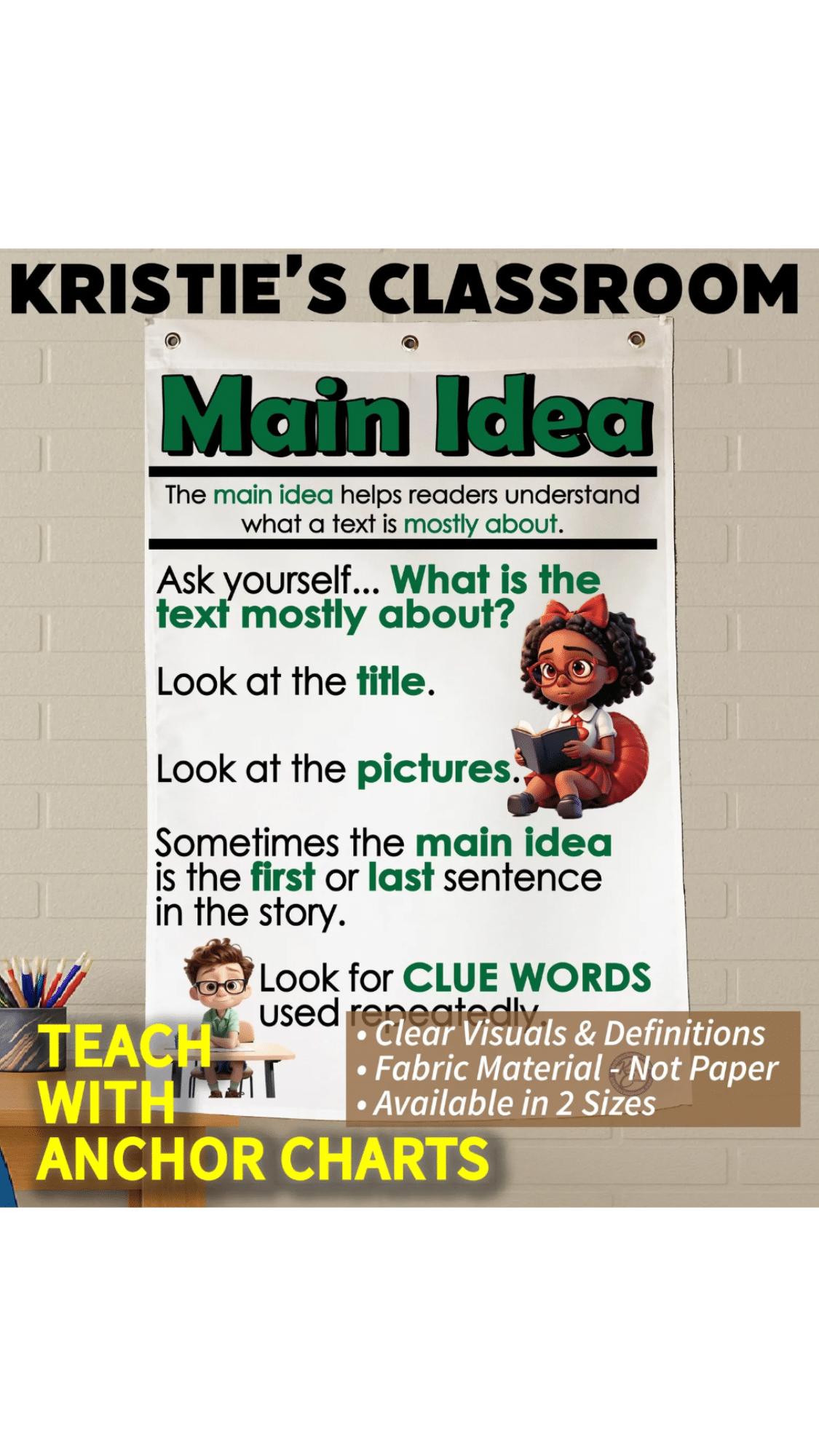
Printed on durable polyester with reinforced grommets; easy to fold, wash, and reuse every year. Includes a printable interactive notebook PDF for guided practice.
9. Central Idea Anchor Chart (fabric, 18 × 26 in, 3‑year guarantee)
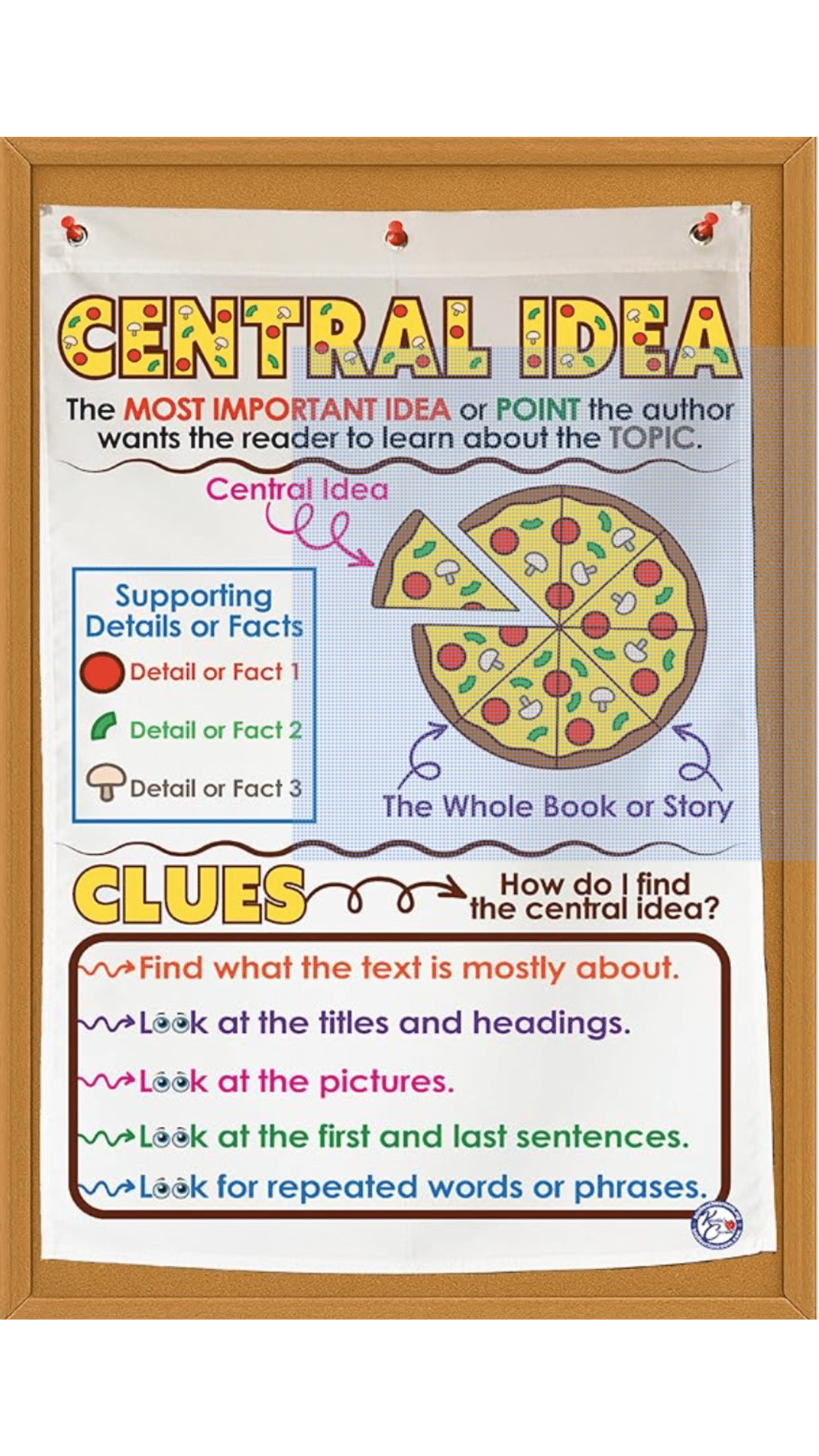
Designed for repeated use, this chart is machine-washable, crease-resistant, and built for busy classrooms. Includes pre-installed grommets and a free companion notebook download.
10. Theme Main Idea Anchor Chart (fabric, classroom-tested)
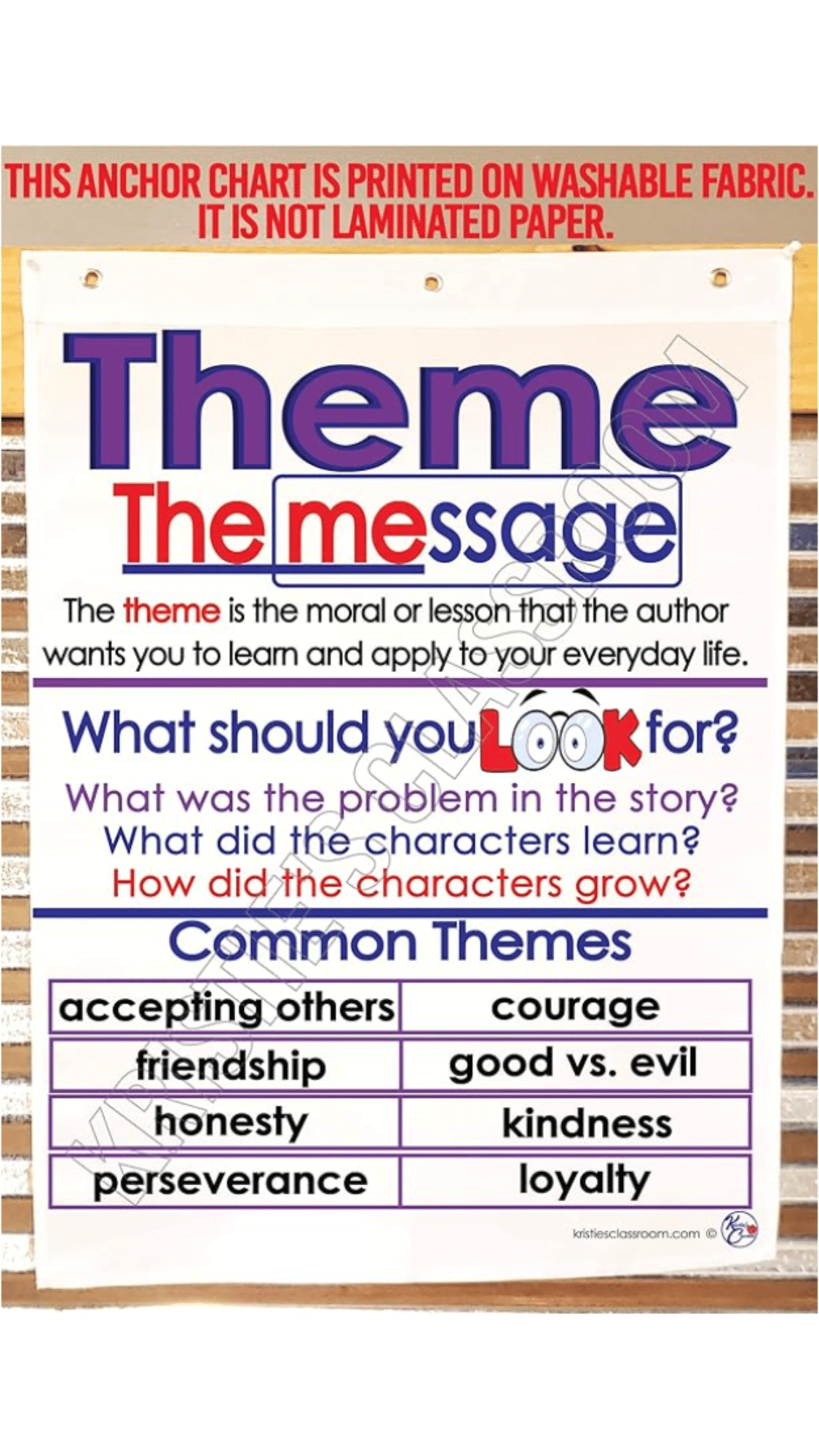
Printed on thick, Scotch-guarded fabric for long-lasting display; resistant to stains and fading. A great fit for reinforcing literary themes across multiple grade levels.
11. Main Idea & Details Anchor Charts (Digital PDF, 24 pages)
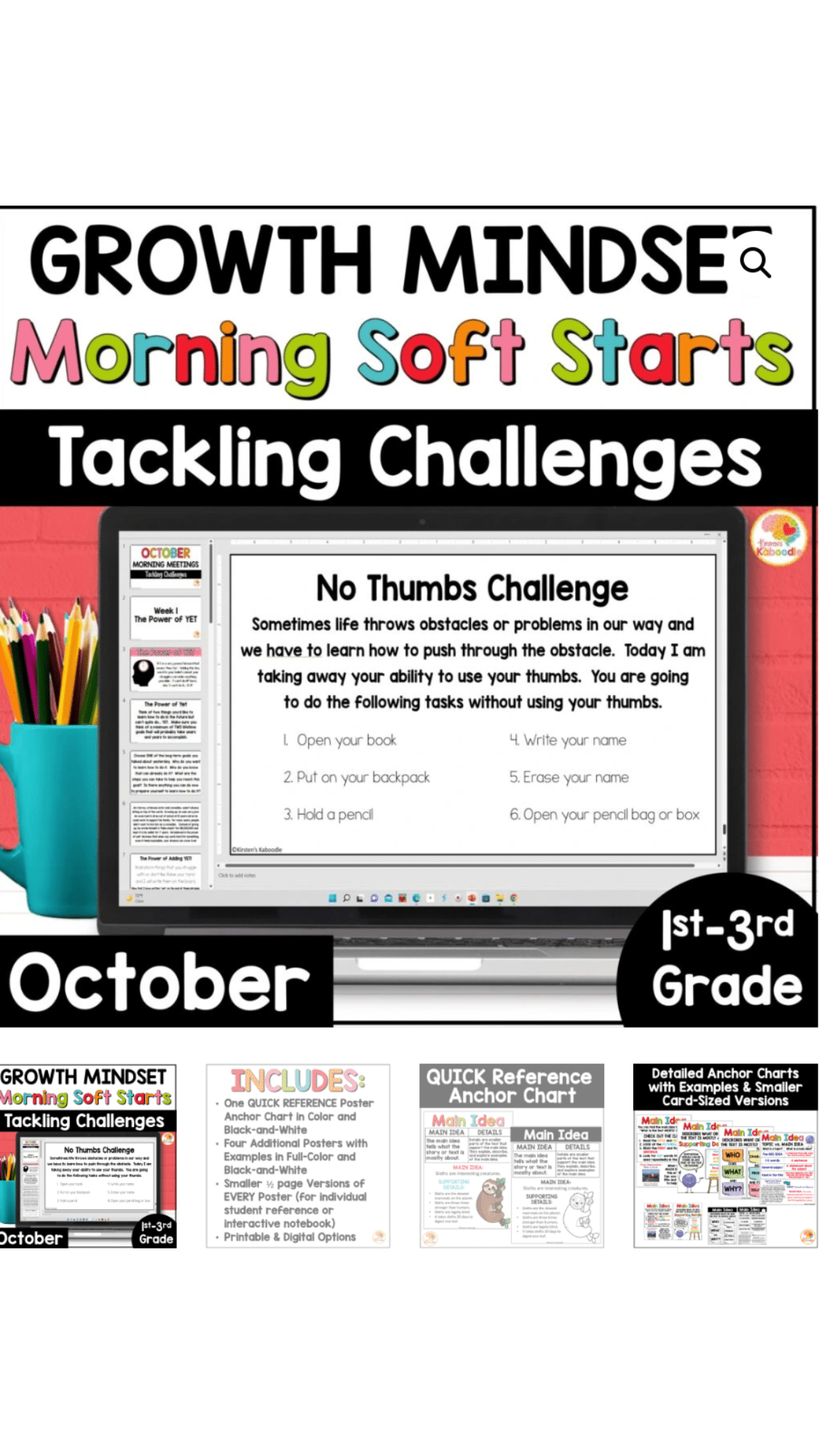
Printable chart pack with posters, reference pages, and student-sized versions for notebooks. Perfect for grades 2–6, this resource is ideal for whole-group or small-group instruction.
Things to Keep in Mind While Making a Main Idea Anchor Chart
These considerations can make the difference between a chart that gets ignored and one that becomes an essential learning tool.
The details matter more than most people realize when creating effective visual supports.
- Keep language student-friendly and straightforward: Avoid educational jargon that confuses rather than clarifies the concept.
- Update regularly with new examples: Fresh content keeps students engaged and shows real-world applications.
- Involve students in the creation process: Charts created with student input are more meaningful and memorable.
- Use consistent colors and symbols: Visual consistency helps students recognize and internalize information more quickly.
- Include space for student additions: Allow room for students to contribute examples or questions over time.
- Keep it focused on one concept: Presenting too much information on a single chart can create confusion rather than clarity.
There You Have It
Main idea anchor charts have evolved from simple classroom decorations to powerful learning tools that impact student comprehension. When created thoughtfully and used consistently, these visual supports change how students approach reading and understanding texts.
When students start referring to the chart automatically during reading tasks, that’s when educators know they’ve created something truly valuable for learning.


